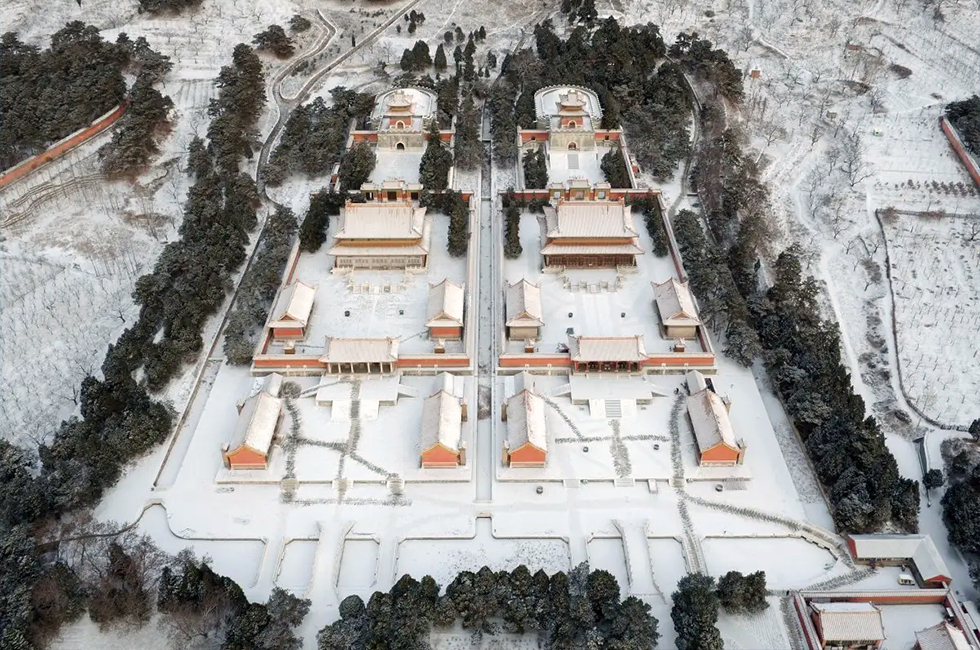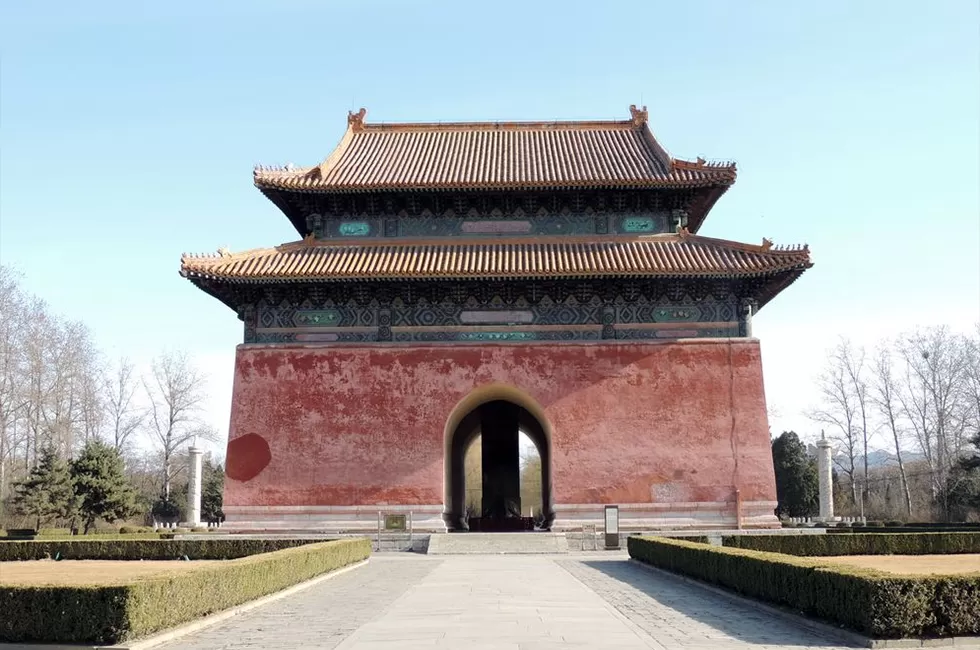Imperial Tombs of the Ming and Qing Dynasties
Facts
- The tombs are located in Hubei province, China.
- They are the final resting place of 13 emperors and their consorts of the Ming Dynasty (1368-1644) and the Qing Dynasty (1644-1912).
- The tombs were designated a UNESCO World Heritage Site in 2000.
- The site covers an area of 80 square kilometers and contains 13 tombs and numerous other structures.
- The tombs are known for their intricate, symmetrical design and cultural significance.
- They are an important symbol of traditional Chinese architecture and engineering.
- The site also has significant religious and spiritual meaning, serving as a place of worship and sacrifice.
When was it selected into the World Cultural Heritage List?
The Imperial Tombs of the Ming and Qing Dynasties was selected into the World Cultural Heritage List in 2002.
History
The Ming and Qing Dynasties (1368-1911 AD) were a prime time for the construction of imperial tombs. Zhu Di, the founding father of the Ming Dynasty, carried out major reforms in the imperial tomb system. Before the Ming Dynasty, tombs were in the shape of a cube. In this regard, Emperor Zhu Di changed the shape into a round one, and he cancelled the layout of a resting place in the tomb. Simultaneously, he expanded the size of the memorial temples. Emperors of the Qing Dynasty inherited and brought the tomb system of the Ming Dynasty while paying attention to the harmony between surrounding mountains and tombs. Also, they perfected the tomb system by numbering the buried ones according to their seniority in the clan and setting up an order for the palaces of the concubines.
Who is buried inside
From Emperor Zhu Di, who overthrew the throne of the Yuan Dynasty in the 1st year of the Hongwu Period (1368 AD), to the 17th year of the Chongzhen Period when that emperor was forced to step down due to the peasant uprising movement led by Li Zicheng, the Ming Dynasty lasted for 277 years. In this dynasty there were 16 emperors announced to the throne. Among them, 15 built their own tombs according to the reformed tomb system. The only emperor without a tomb was Zhu Yunwen, whose body was not found after the War of Jingnan.
 Ming Tombs
Ming TombsZhu Yuanzhang, the founding father of the Ming Dynasty, was buried at the foot of Zhongshan Mountain after his death, his tomb referred to as Xiaoling Tomb. Zhu Qiyu, known as Emperor Jingdi, was killed amid an uprising. Before, his tomb was designed according to size for a royal family member instead of that for an emperor. Later in the Chenghua Period, his position as an emperor was restored and his tomb was expanded to meet the requirements of an emperor’s tomb, commonly referred to as Jingtai Tomb. The other 13 emperors were buried around Tianshou Mountain, Changping County, Beijing, their tombs referred to as the Ming Tombs.
In the Ming Dynasty, some were not emperors when alive, but canonized as emperors after death. Tombs were built for them accordingly. Zhu Shizhen, father of Zhu Yuanzhang, was made Emperor Chun after his death, buried in Fengyang, Anhui Province. Zhu Chuyi, grandfather of Zhu Yuanzhang, was made Emperor Yu, Zhu Sijiu, great grandfather of Zhuyuanzhang, Emperor Heng, and Zhu Bailiu, great great grandfather of Zhu Yuanzhang, Emperor Xuan. The locations where the last two were buried remain unknown, so an order was made to build tombs around the original tomb of Emperor Yu in Jiangsu Province. These tombs are referred to as the Tombs of Ancestors. Zhu Youyuan, father of Zhu Houcong known as Emperor Jiajing, was made Emperor Xian after Zhu Houcong ascended the throne. His original tomb in Hubei Province was expanded to an emperor’s tomb, commonly known as Xianling Tomb.
 Qing Tombs
Qing TombsThe Qing Dynasty (1644-1911) founded by the Manchu people was the last feudal dynasty in China. From Nurhachi, the founding father, to Emperor Xuantong was forced to step down in the Revolution of 1911, the Qing Dynasty lasted for 295 years, during which 12 emperors announced their thrones. The imperial tombs of the Qing Dynasty can be divided into three areas according to locations and time they were built. These three areas are based on the three tombs in Northeast China, the East Qing Imperial Tombs and the West Qing Imperial Tombs. The design and layout of the East and West Qing Imperial Tombs followed that of the Ming Dynasty. The tombs were concentrated in an area with a shared entrance, in each direction of where a smaller gate would lead to various tombs. Along the gateway, there were marble pillars, stone inscriptions and statues. Generally, the layout was as follows: five-arch stone bridge, decorated archway, stone-tablet pavilion, three-arch stone bridge, big platform, palace entrance, Longen Palace filled with palaces, Shiping Bridge, platform, glazed gate, five ancient vessels for performing sacrifices, Liming Palace, Crescent Courtyard, Precious Courtyard and Precious Mound. The construction of the tombs for royal family members with different positions had to follow a strict burial pattern. The tombs of the emperors, empresses, brothers of the emperors, princesses and concubines could vary widely.
What to see
Visiting the Imperial Tombs of the Ming and Qing Dynasties, you can see:
- Ming Tombs: the tomb of Emperor Wanli, the longest reigning emperor of the Ming Dynasty
- Changling Tomb: the tomb of Emperor Zhu Di, also known as Emperor Yongle
- Dingling Tomb: the only one of the Ming Tombs to have been excavated, containing the remains of Emperor Wanli and two of his empresses
- Qing Tombs: the tombs of several emperors and empresses of the Qing Dynasty, including the Eastern and Western Qing Tombs.
- Tomb of Emperor Qianlong: one of the largest and most magnificent tombs of the Qing Dynasty.
GREAT FAMILY CHINA TOUR
JULY 2024 We wanted to thank Grace at China Culture tour for organizing a great tour of China. We enjoyed our Beijing - Xian-Chengdu -Guilin -Yangshuo - Shanghai trip. Our local guides Bruce in Beijing, Susan in Xian, Jane in Chengdu, Mike in Guilin and Mary in Shanghai took care of us…read more details »
Teng Han L from SINGAPORE
Ready to Create a Unique Dream Travel?

